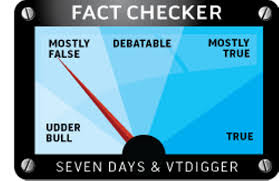The information era. Ever since the introduction of technology, information has come fast and hard. These technological advances were also accompanied by leaps and bounds in medicine, microbiology, chemistry, and most other fields of study. Unfortunately, these discoveries can often times be accidentally misreported or even purposefully fabricated. One of the most susceptible age groups to misinformation consists of pre-teens and teenagers. As children reach this age they begin to accept and receive less parental guidance. Slowly maturing into adults, they are constantly learning new things about the world around them and about themselves. This constant learning can involve falsehoods learned online. No where better was the ability for falsities to explode online exemplified than in this previous election. Stories revolving around fraudulent ballots and news anchors being fired because of their support for a particular candidate went viral, reaching millions. This is why we as teachers must develop strategies for teaching our students to discern between what is fake and what is real. An article by U.S. News titled 3 Tips for Teachers to Help Teens Distinguish Fact From Fiction takes a look at a couple of different ways to assist our students in discerning fake versus real. This is also very important in the field of science.
1. What's the Source?
So many students go through life simply accepting what their parents and teachers have told them. Number one has much to do with the fact that no one questions anymore. Questioning is the basis of all learning. There really is not a bad question!
2. Identify the Source!
These students that have difficulty determining fact from fiction online need to be taught how to find the source to determine credibility. This could be done through multiple exercises. Also, teaching students about particular websites, such as wikipedia and how anyone can add to a post (making it less than credible), is also a great tool.
3. Learn and Practice Vetting
You can hear something a million times over, but sometimes it doesn't stick or makes sense until you do it with your own two hands. This is why students should be allowed to practice, practice, practice when it comes assessing the validity of a source. Many teachers claim simply allowing them to read and review an article for credible sources is actually quite fun.

No comments:
Post a Comment